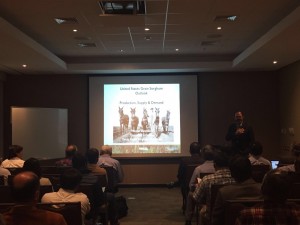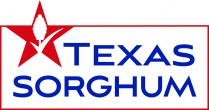Triazine Comment Period Extended—On Tuesday June 21, the Environmental Protection Agency approved the request from NSP and TGSA to extend the public comment period for the recently updated Atrazine, Propazine, and Simazine risk assessments. We are pleased that the EPA was receptive to our plea to appreciate the inherent inequity of demanding that growers take time out of the busy summer season to defend their livelihood. Comments are now due to the EPA on Oct. 4, 2016. In the coming weeks, TGSA will coordinate further action with NSP. We will be engaging our newly formed delegate body – especially the Regulatory Committee – in order to maximize the number of producers voices that are heard. Expect to hear from us with assistance on how to write and submit comments, as well as which talking points to focus on.
Sorghum Feeding Seminars Held in Peru – With 30 million people and a GDP growth rate of 5.1% Peru represents one of the greatest export opportunities of grain sorghum in South America. “Where we see economic growth in a market the first spending increase generally occurs at home with an animal protein enhanced diet,” said Wayne Cleveland. “In the case of Peru, their animal feed operations, as well as dairies, are expanding at a fast pace to service that market.” The two seminars, held in Lima and Trujillo, focused on the use of grain sorghum in feeding rations along with the use of Distillers Dry Grains. On hand to give presentations were nutritionists from Tyson Foods, South Dakota State University and the National University of Mexico. In addition to nutritional information pricing, availability and transportation concerns were addressed by the US Grains Council, Russell Marine Group and the Texas Grain Sorghum Producers. The seminars were sponsored by the US Grains Council and Foreign Ag Service (FAS).










